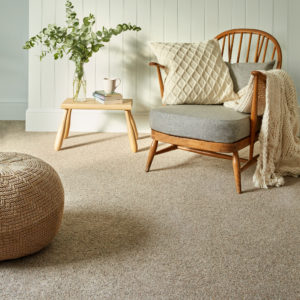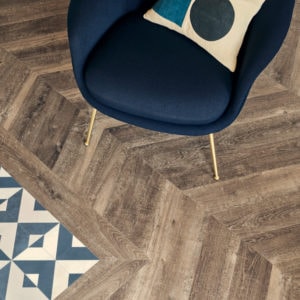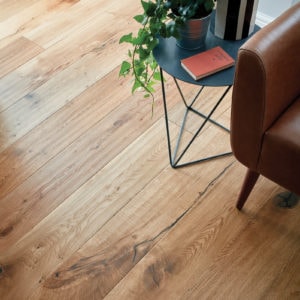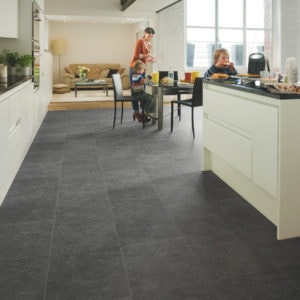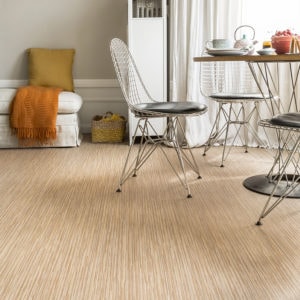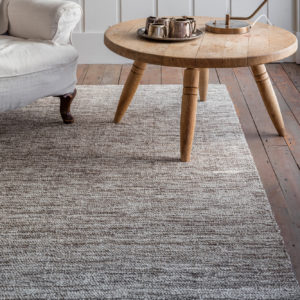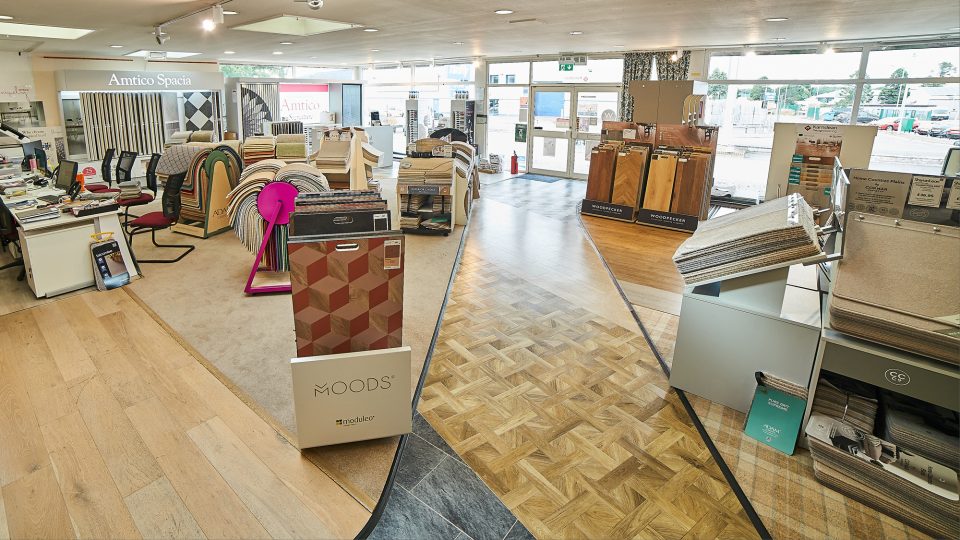Why choose a rug for your home?
Choosing to use a rug in your home decor is a brilliant way to complement your interior design choices. Rugs are more versatile than carpets and offer a good way to soften hard stone or wooden floors which can be noisy, even if they are practical.
Rugs are also great at softening the acoustics of a room. This makes them a perfect choice for apartments when you may live above someone or in upstairs rooms that don’t have carpets.
- Size
The first step to choosing your rug is understanding the limitations or opportunities that your living space or chosen room provides. Measuring the space and creating a floor plan of how you want to lay out your furniture will inform the perfect size of rug for the space.
Smaller Spaces
Smaller spaces and living rooms enclosed by walls and doorways will 9 times out of 10 benefit from a single large rug.
Larger spaces
Open spaces are more likely to benefit from multiple rugs. Multiple rugs can help ground disparate groupings of furniture and can be used to separate a living area from the dining area in the absence of walls.
When should you use a runner
A narrow-width carpet is referred to as a runner. It’s ideal for use in halls, landings and on the stairs, and can work well placed in front of fireplaces or sofas, or even by the side of the bed.
- Material
Before you even consider the colours, pattern or style of your new rug, you must think about the material. What is the purpose of the rug? Which room will it be in? How often will it be walked on? All these answer impact on which type of carpet you should choose.
Once you’ve answered these simple questions you can move on to think about the materials that will best fit your room. Here is a selection to get you thinking:
Wool
Wool’s natural properties make it ideal rug material. Not only does it look and feel luxurious underfoot, it’s also hard-wearing, naturally spill and dirt-resistant, and fire retardant. It also offers excellent heat and sound insulation.
Be aware that a 100% wool rug is not suitable for all spaces. In hard-wearing areas, such as a child’s bedroom, a wool-rich rug – made using a mix of wool and man-made fibres such as nylon and polypropylene – will generally fare better than a pure wool design.
Jute
Wool isn’t the only natural material used to make rugs – other options include plant-fibre designs, made from the likes of jute. Jute is extremely durable and suitable for high traffic areas and comes in a variety of weave patterns. Natural fibres also help to improve air quality by absorbing airborne toxins.
Sisal
Sisal has similar characteristics to Jute. However, it’s more durable and hard wearing, making it the perfect choice for high traffic areas where you need a strong fibre. Sisal can be more coarse underfoot than that of other flat weave fibres such as jute, polypropylene and cotton. Additionally, plant-based floors are more stain and dirt resistant. However, when you clean them you must make sure they do not get wet as the fibres can stain and expand. In general, these rugs work great in areas, such as hallways, kitchens and conservatories.
- Colour and Pattern
There is more to the humble rug than meets the eye. Popular across the globe for thousands of years, there seems to be nearly as many reasons for selecting a particular rug and of course, colour is king.
First things first, a rug is a great way to add colour to a room. But should you go patterned – and make a bold statement – or plain and understated – and allow the decor in your room do the talking.
Patterned
Patterned rugs are a popular addition to any room with most people using them to add personality or a bold flourish to a space. With such a wide variety available, there is a patterned rug to suit every taste. These range from traditional patterns to more subtle, intricate and simple shape patterning.
When opting for louder or bolder patterns, it is recommended to only place these alongside plain furniture to avoid clashing. That being said, subtle patterns – such as thin and faded stripes – will fit in with most decorative schemes without looking busy – if the room is large enough.
A common interior design trick to minimise the risk of your patterned rug clashing with furniture is to match your rug with patterned cushions. This works best on a plain sofa and should apply to any kind of pattern. If you think it’s time to add more personality to a minimal-style room, a patterned accessory such as a rug is the perfect starting point.
On a practical level, we find that patterned rugs prove popular because of their ability to hide a multitude of sins, such as damage caused by children, pets and the comings and goings of a busy lifestyle. It’s definitely something to bear in mind if you value longevity in your rugs!
Plain
Plain rugs are versatile and are often used in minimalist interior design themes or for linking colours together. A great plus is that they can help make your rooms appear larger than they are while also making them more welcoming and cosy. That’s a pretty neat trick but beware – the colour must always complement the décor!
A plain rug can unify a room but, because of the quiet tones, they do not become the focal point. The absence of pattern in a plain rug is what really helps highlight a colour scheme within a room but too much of one colour will make a room lack depth.
In contrast to patterned rugs, plain rugs suit patterned furniture better.
Common sense prevails in choosing where to place your rug once you have purchased it. If you decide to buy a plain rug, ensure you choose the correct shade in relation to the traffic – light coloured rugs should be kept away from high traffic areas, whereas dark ones hide dirt best!
Who knew there was so much to consider?
- Keep it in place
Along with preventing your rug from slipping, an underlay will add another layer of comfort and help protect it for years to come.
- Additional Help
For more information, please visit one of our showrooms in Inverness and Aviemore to browse our flooring options, including a wide range of rugs. You can also contact one of our home flooring consultants who are on hand to help you choose the perfect rug for your home.
If you already know what you’re looking for, please visit the rugs section of our website. Our trusted suppliers, Crucial Trading and Alternative Flooring, also have handy build-your-own rug tools which are great for trying out your ideas or getting inspiration.
Previous article
How To Keep Your Floor Clean In AutumnNext article
What is the best flooring for cold weather?